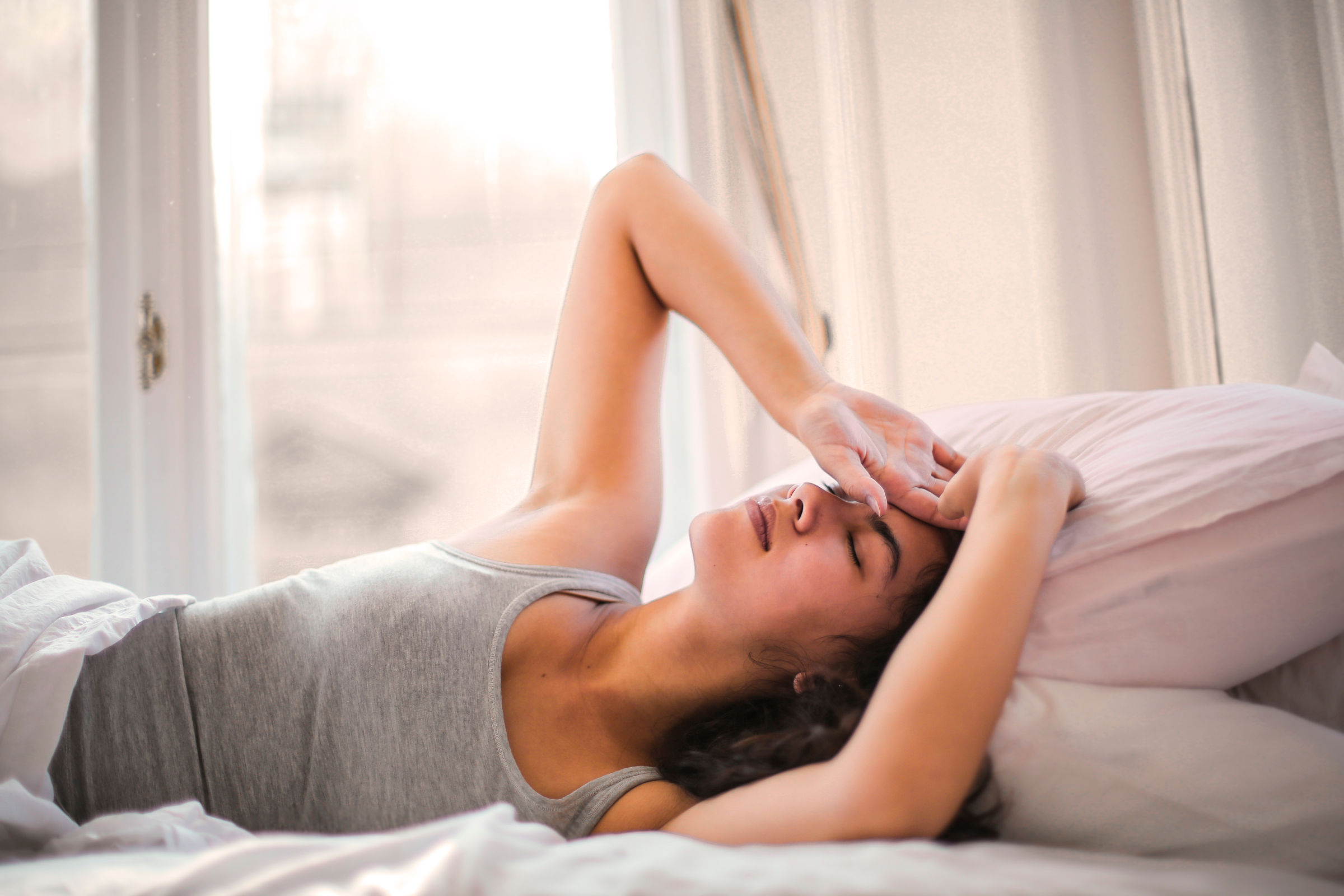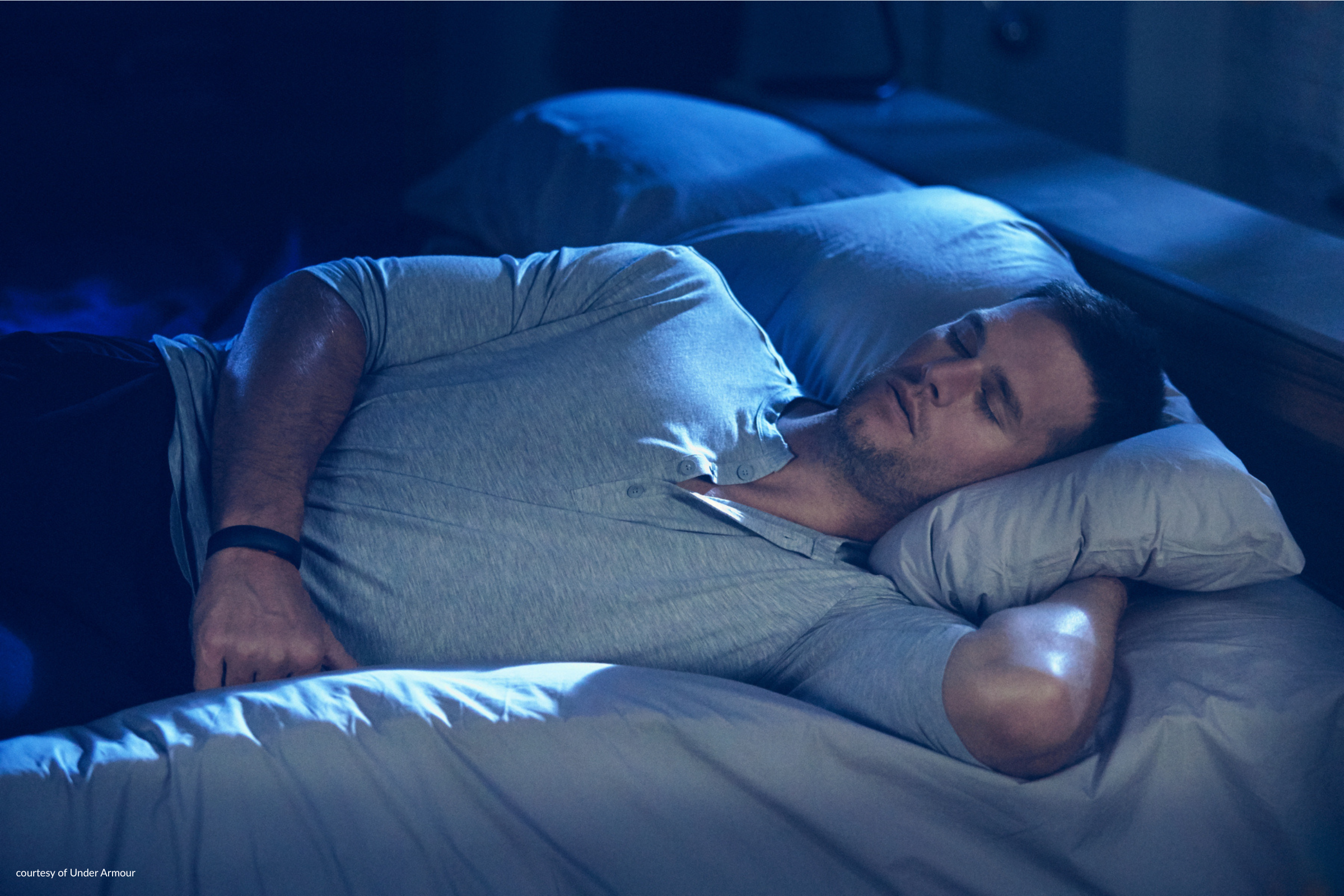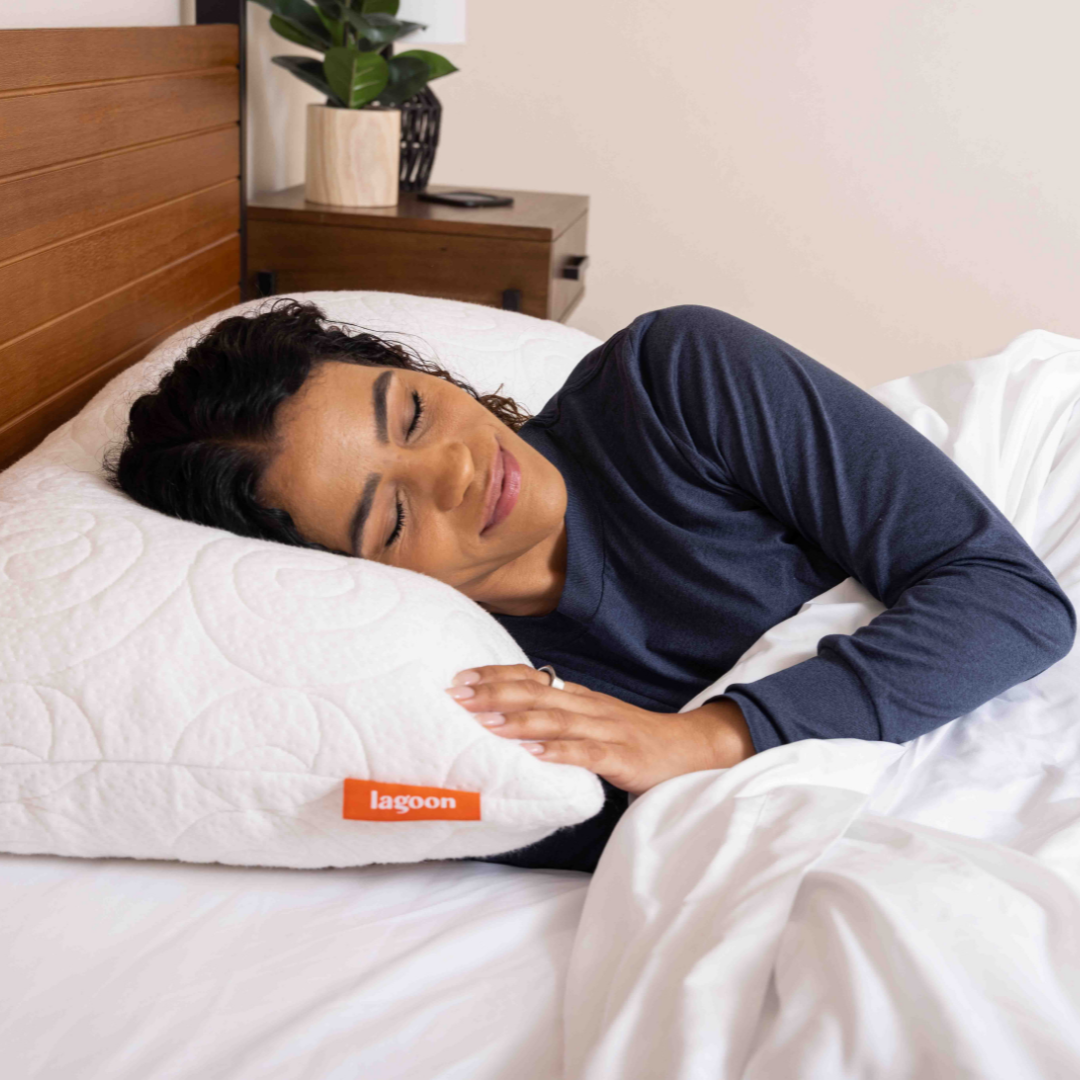When you hear couples talk about their sleeping habits - the one topic that will almost inevitably come up is snoring… usually with each partner pointing the finger at the other. But alongside the topic of snoring is the somewhat related and often misunderstood topic of sleep apnea. It's a serious and surprisingly common medical issue. For a lot of people, it's a major hidden obstacle to feeling great, thinking clearly, and getting real rest. You might be shocked to hear that it often hits athletes, busy professionals, and high achievers.
Part of the reason for the lag in conversation and diagnoses is that it’s still surrounded by stigma, assumptions, and a general lack of awareness. This post is intended to be your crash course on sleep apnea - what is it exactly; how has it grown into a modern health crisis; and what to do if you or someone close to you might be affected.
What Is Sleep Apnea Exactly
Sleep apnea involves repeated interruptions in breathing during sleep. These can last anywhere from ten seconds to over a minute and may occur dozens or even hundreds of times per night. Each episode causes oxygen levels to fall, the brain to rouse you briefly to resume breathing, and the sleep cycle to reset. Even if you don’t remember waking, your body does. The result is sleep that’s chronically fragmented, inefficient, and far less restorative than it should be.
Roughly 85 to 90 percent of cases fall under obstructive sleep apnea (OSA), which is caused by the collapse or blockage of the upper airway. The remaining cases involve central sleep apnea (CSA), where the brain fails to consistently trigger breathing. OSA is the more common, more overlooked, and more actionable form of the condition.
As Dr. Timothy Morganthaler puts it, “obstructive sleep apnea is destroying the health of millions of Americans, and the problem has only gotten worse over the last two decades. Effective treatment is one of the keys to reducing healthcare spending and improving chronic disease management.”
Snoring Doesn’t Equate to Apnea - But It Can Be a Sign
Snoring is not a diagnosis… It’s a noise. One that many of us know too well. And while that noise may point to something deeper, it isn’t always indicative of a true disorder.
Snoring occurs when air vibrates soft tissues in the upper airway. In contrast, sleep apnea is characterized by recurrent episodes of complete or partial airway collapse, resulting in reduced oxygen levels and disrupted sleep patterns. Some people with severe OSA don’t snore at all. Others snore loudly and often, but without the structural airway collapse that defines apnea.
This distinction matters. Because while snoring can be inconvenient, sleep apnea is a chronic physiological stressor - one that interferes with oxygen delivery, hormonal balance, cardiovascular health, and memory consolidation.
The Escalation of Sleep Apnea in Modern Life
In 1993, the Wisconsin Sleep Cohort estimated that 4 percent of middle-aged men and 2 percent of women had obstructive sleep apnea. By 2013, those numbers had more than quadrupled: 26 percent of men and 13 percent of women were showing signs of moderate to severe OSA. Today, the American Academy of Sleep Medicine estimates that more than 30 million U.S. adults have OSA, with roughly 80 percent of cases undiagnosed.
Prevalence also rises sharply with age. Among adults over 70, nearly 90 percent of men and 78 percent of women exhibit at least mild sleep apnea. Globally, prevalence varies from 9 to 38 percent depending on population and screening criteria.
Several drivers are responsible:
- Obesity: the strongest risk factor, affecting 60 to 70 percent of those with OSA
- Structural airway issues: including jaw shape, soft palate collapse, and nasal obstruction
- Sedentary lifestyle: which weakens upper airway muscle tone
- Aging: with declining neuromuscular control during sleep
-
Environmental impact: new data shows that warmer temperatures increase apnea risk by up to 45 percent on hot nights
Signs You Might Be Dealing With Sleep Apnea
Sleep apnea doesn’t always feel obvious. In many cases, people go years assuming they’re just light sleepers or "bad sleepers" without realizing what’s happening.
Here are signs that may manifest at night:
- Chronic or loud snoring (often paired with gasping or choking)
- Frequent bathroom trips disrupting sleep
- Dry mouth or sore throat in the morning
-
Restless tossing and frequent position changes
As well as signs that could appear during the day:
- Morning headaches
- Brain fog or mental fatigue, even after a full night in bed
- Mood swings or irritability
- Microsleeps - nodding off during reading, TV, or driving
It’s common for these symptoms to be misattributed to stress, caffeine, overtraining, or overwork. And while those factors matter, persistent fatigue despite good sleep hygiene is often a warning sign of apnea.
“Sleep apnea has been increasing in prevalence over the years, and the link to obesity is real. But the deeper issue is that apnea alters your metabolism - it drives hunger, lowers energy, and creates a feedback loop,” said Dr. Carol Rosen of Case Western Reserve. “That’s why it’s so hard to ‘just fix’ with willpower alone.”
Not Diagnosing It Is Dangerous
OSA doesn’t just affect sleep - it drives systemic harm across cardiovascular, metabolic, and neurological systems. Here are some of the most concerning side effects or diagnoses correlated to OSA:
- Hypertension: over 50 percent of OSA patients also have high blood pressure
- Cardiovascular risk: OSA increases the likelihood of heart failure, arrhythmias, and stroke
- Insulin resistance & Type 2 diabetes: fragmented sleep elevates fasting glucose and alters glucose processing
- Mood disorders: higher rates of depression and anxiety
- Cognitive decline: chronic oxygen deprivation linked to dementia and Alzheimer’s
- All-cause mortality: men under 70 with untreated moderate to severe OSA are at 2.9x greater risk of premature death
As Dr. Jose Chediak, a board-certified sleep specialist, cautiously warns, “we’re worried about your heart and your brain health because if we don’t control sleep apnea and the resulting lack of oxygen, we see more heart attacks and strokes. It’s not just sleep - it’s survival.”
What Happens When It’s Treated
Once sleep apnea is diagnosed and treated - whether through CPAP or even targeted lifestyle change - the difference is measurable.
In one study, patients using CPAP for more than four hours per night experienced:
- Decreased systolic and diastolic blood pressure
- Improved insulin sensitivity
- Lower cortisol levels and improved testosterone regulation
- Improved VO₂ max and recovery in endurance athletes
- Reversal of white matter damage in the brain after 12 months of consistent therapy
What You Can Do About It
Before running to your doctor for a CPAP machine, let’s take a look at the lifestyle and behavioral approaches as well as the clinical and product solutions that could help either keep you clear of OSA or assist in digging you out of the hole.
Lifestyle and behavioral approaches:
- Lose weight: a 10 percent reduction in body fat can lower AHI scores by 25 to 50 percent
- Sleep on your side: positional therapy helps resolve symptoms in up to 50 percent of mild cases
- Strengthen airways: myofunctional therapy and nasal breathing drills are showing strong outcomes
- Eliminate alcohol and sedatives before bed: these reduce airway tone and suppress REM
- Treat nasal obstruction: nasal strips, rinses, or structural corrections can dramatically improve airflow
Clinical and product-based solutions:
- CPAP: the gold standard for moderate to severe apnea
- Mandibular advancement devices: reposition the jaw to prevent airway collapse
- Positional therapy pillows: help keep the body aligned and prevent back-sleeping
- Supportive pillows: choosing the right height and firmness to maintain airway posture and reduce neck strain
Lagoon’s pillow quiz is built to guide people to pillows that naturally support side sleeping and reduce airway obstruction. For many people with undiagnosed or mild OSA, better alignment makes an immediate difference in how they breathe and how they feel.
Bottom Line
Sleep apnea is the most under-acknowledged sleep disorder in America - and one of the most solvable. It’s not a character flaw, and it’s not a “snoring problem.” It’s a mechanical failure in one of the body’s most important recovery systems. Once it’s addressed, everything else begins to improve.
If you’ve been waking up tired, foggy, or emotionally flat despite good sleep hygiene, apnea deserves to be on the radar. Start by improving what’s in your control. Fix your environment. Support your airway. Then talk to a doctor about further testing if symptoms persist.
👉 Take the 2-minute pillow quiz
Every step toward better sleep counts.







